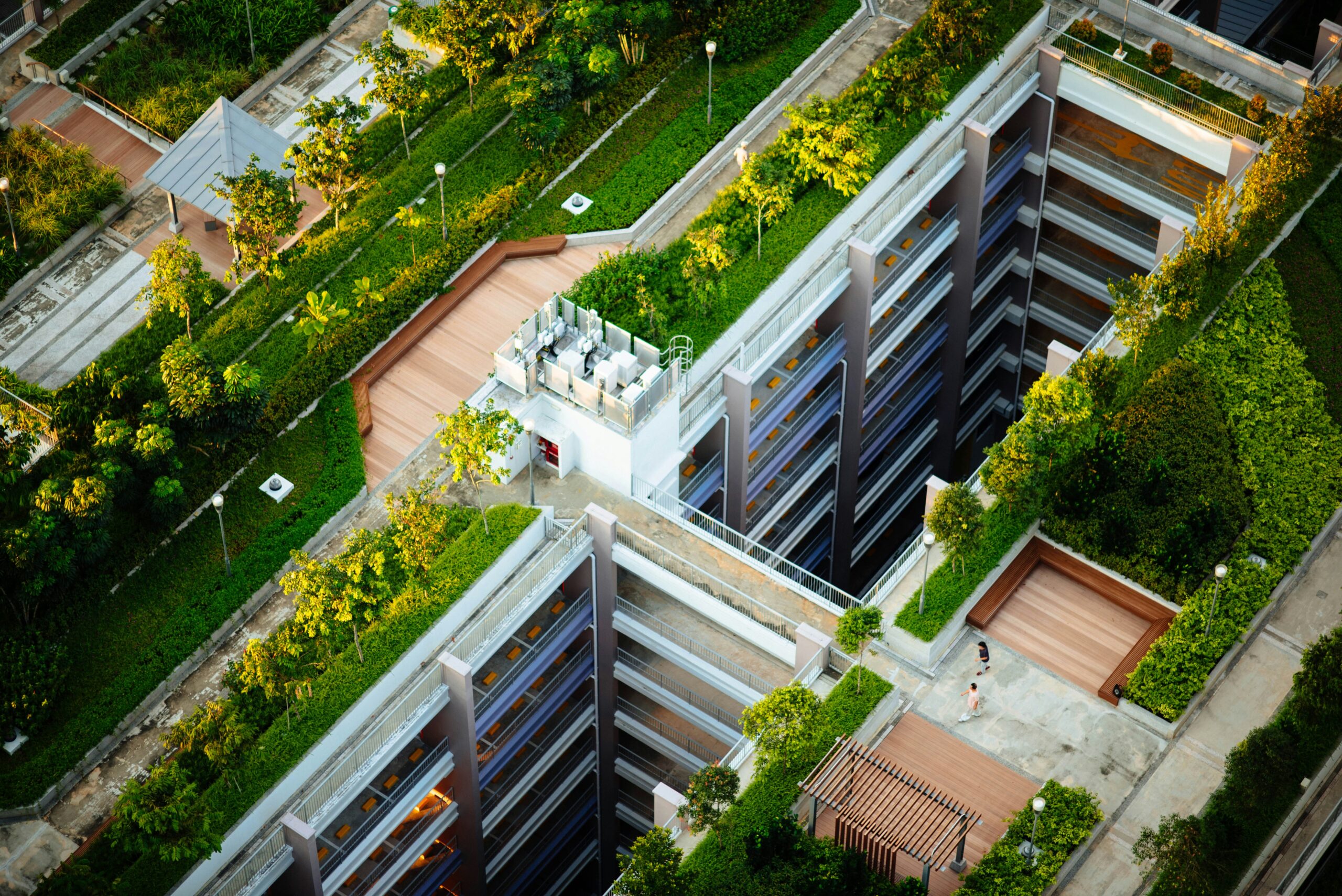The upcoming LEED v4 Energy update, recently unveiled by the U.S. Green Building Council (USGBC), is on the horizon. Set to be implemented on March 1, 2024, this update brings forth significant changes aimed at elevating energy efficiency and reducing greenhouse gas (GHG) emissions across diverse LEED projects.
As LEED v5 is still in preparation, the USGBC is striving to effectively address the urgency of the climate crisis by swiftly decarbonizing building operations. Raising performance thresholds based on attainable data incentivizes design practices prioritizing performance at the highest levels, contributing to a more sustainable and environmentally conscious future. Let’s explore the latest developments and what lies ahead.
Understanding the Scope of Change
The projects registering on or after March 1st fall under the purview of the update. Teams connected to these projects are required to follow the revised requirements specified for LEED in Building Design and Construction (BD+C), LEED for Interior Design and Construction (ID+C), as well as residential credits and prerequisites:
- BD+C | ID+C | BD+C: Multifamily Midrise: EA Prerequisite Minimum Energy Performance
- BD+C | ID+C: EAc Optimize Energy Performance
- BD+C: Homes/Multifamily Midrise: EAc Annual Energy Use
New LEED v4 allows projects to choose how to demonstrate their energy performance. In addition to the established rating system path, various options, including prescriptive, modeling, and streamlined approaches, are available. This diversity enhances the accessibility of updated LEED v4 certification on a broader scale, accommodating different project needs and preferences.
Changes affecting both EA Prerequisite Minimum Energy Performance and EAc Optimize Energy Performance (or EAc Annual Energy Use):
- Increases performance improvement thresholds in alignment with LEED v4.1 stringency
- Adds greenhouse gas emissions metric
- Allows source energy metric as an alternative to the cost metric to demonstrate energy efficiency savings
- Replaces prescriptive compliance options with credit substitution of more streamlined LEED v4.1 prescriptive paths
Changes specific to EAc Prerequisite Minimum Energy Performance:
- Minimum performance improvement may be documented using a cost metric, a source energy metric, or a GHG emissions metric
- Contribution of on-site renewable energy is credited towards prerequisite compliance
Changes specific to EAc Optimize Energy Performance (or EAc Annual Energy Use):
- Implemented dual metric structure, linking achievement of maximum points to projects that demonstrate both a high level of energy performance and substantial greenhouse gas emissions savings:
- Greenhouse gas emissions performance improvement achieves up to one half of the available points
- Energy efficiency performance improvement documented using either source energy metric or cost metric achieves up to one half of the available points
- Points are summed for the two metrics
What Does It Mean for Your Project?
The data provided by the USGBC reveals significant point reductions for projects adopting the tenant-level energy simulation approach in the updated standard. For projects aiming for Platinum with a 28% improvement, the existing v4 grants 25 points, while the updated v4 anticipates only 13 points. Similarly, projects targeting Gold with a 13% improvement receive 16 points in the existing LEED v4, but a mere 4 points are expected in the updated version. This reflects an anticipated drop of 10 points for this credit.

LEED v4 ID+C: Commercial Interiors, Retail, Hospitality; % improvement over ASHRAE 90.1-2010
The projects opting for the LEED V4.1 Prescriptive Compliance path instead of tenant-level energy modeling must now adhere to specific requirements and refer to ASHRAE 90.1-2016. Our assessment of the potential retail stores’ score change indicates a minimum 20% drop in Lighting Power Density (LPD) reduction with the same design. Consequently, a projected decrease of up to 4 points is expected for this credit. It is essential to consider these adjustments when choosing the compliance path, as they directly impact the overall LEED point allocation for the project.

Navigating the Change with Confidence
As we delve into these adjustments, we understand that the prospect of change may feel challenging and demotivating. Rest assured, our team has thoroughly analyzed these updates, foreseeing possible obstacles and, more importantly, crafting potential solutions and paths to overcome them.
But the most obvious takeaway is that the projects registered until February 29th are set to continue under the existing energy requirements. This provides a valuable window of opportunity to maintain current conditions. Your proactive decision to register before this date ensures continuity and stability in navigating the evolving LEED landscape.
We invite you to reach out to our team for personalized solutions and expert guidance. Decarbonization is not just a goal, it’s a journey, and we are here to walk with you every step of the way. Contact us today to explore tailored solutions for your projects.











